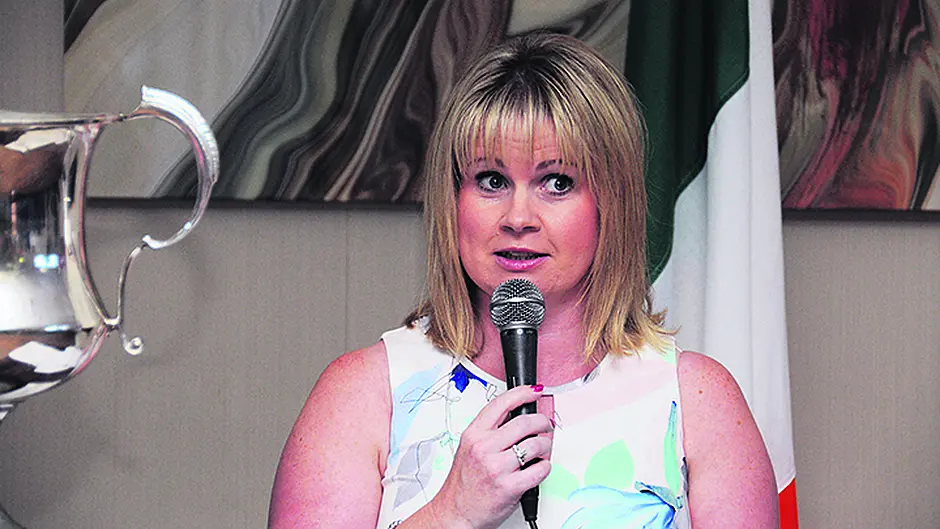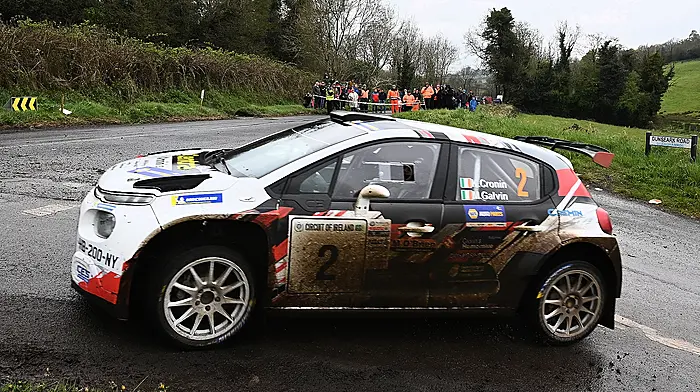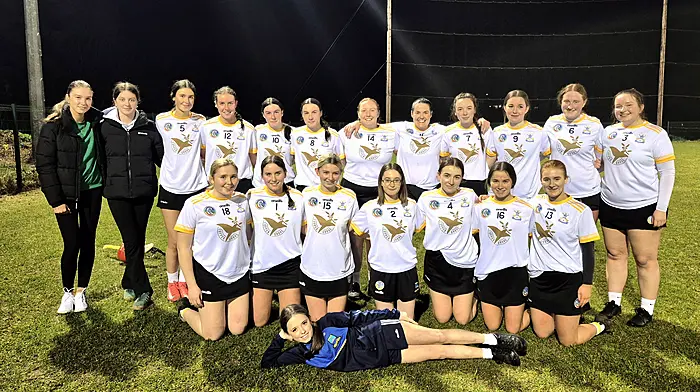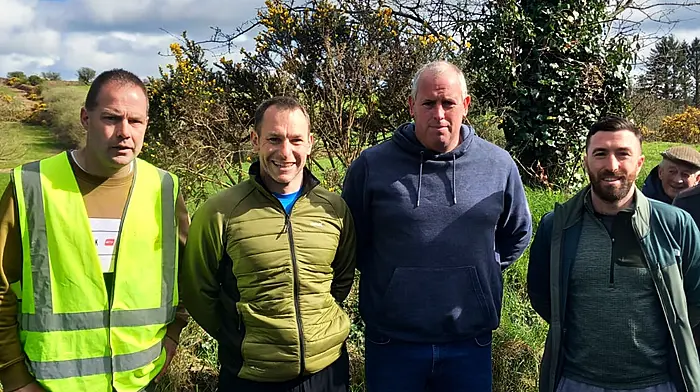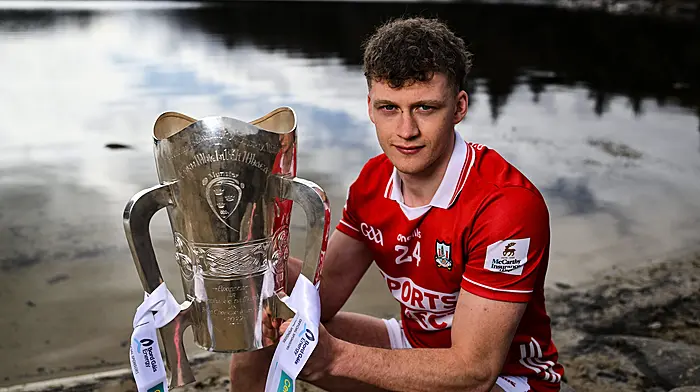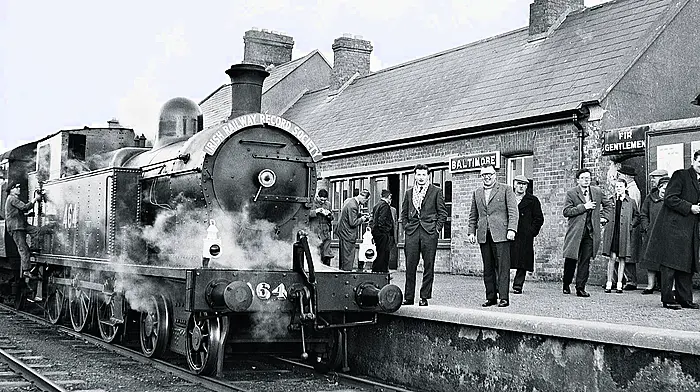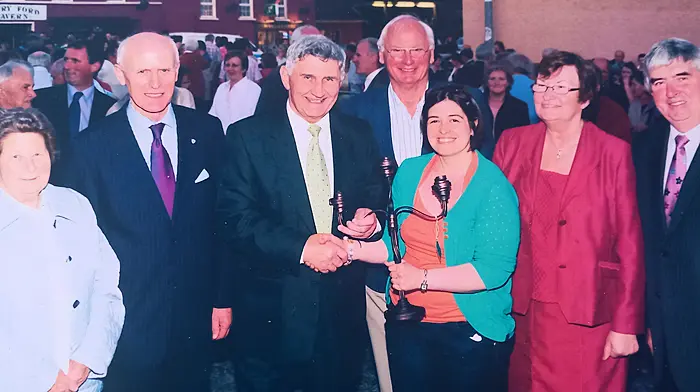Board needs to act fast to ensure more clubs don't suffer similar fate as Redmonds
THE LAST WORD
Board needs to act fast to ensure more clubs don’t suffer similar fate as Redmonds
A HUGE part of Cork hurling history will soon be gone, no more to be seen on the playing pitches of Cork and beyond. The Sporting Reds will be no more and Cork GAA will be poorer for it.
Based in The Tower Street area of the inner city, the Redmonds GAA Club was founded in 1892 and left an instant mark on hurling in Cork. Known to all as ‘The Sporting Red’ because of their great attitude on the pitch, they actually wore green and white hooped jerseys, hence the confusion over their name.
Having won the All-Ireland for Cork in their very first year 1892, they went on to win four more in 1900, 1901, 1915 and 1917. That’s a huge part of Cork hurling history and even though the club struggled during the past three decades to field even one team at junior B, their very existence connected us with the very foundations of Cork as a hurling power. That connection should never have been allowed to end, no matter what it took.
Redmonds showed us what was great about the GAA in their heyday and in later times what was so wrong. Based on a small enclave, they were founded on the working families of that area and thrived, but when the socio-economic scene began to change in Cork city, Redmonds went into decline.
The families disappeared from the area and moved to the suburbs like Bishopstown and Douglas, parents preferred to take their young kids to the more glamorous neighbouring clubs of the Barr’s and Nemo Rangers. The club struggled to field even one team at junior B level.
Their club premises was still in Tower Street but their playing grounds were four miles away at Lehenaghmore. That certainly didn’t help. When trade in the club bar began to decline, their troubles were not only as regards playing numbers but also financial. Now they have decided they cannot keep going and the club could be gone by the end of December.
Unless action is now taken by those with the power to do so in the meantime, that is the Cork County Board and the Seandún Divisional Board, the Sporting Reds will be gone by the end of this year. The solution won’t be easy because this is but part of a huge problem now facing the GAA in general.
One would think that clubs in the city and clubs in small rural areas would face completely different problems, and they do, which makes governing such a very complex organisation so difficult. But many of their problems are also the same and the same solutions could be applicable to each.
Right now in Cork County, according to a county board source, about 20 small clubs face extinction like Redmonds, all because of lack of numbers, especially at underage level. Some clubs have solved this problem by amalgamating with neighbouring clubs at underage but still maintaining their independence at adult level. Redmonds had not fielded at underage for over three decades and that was a recipe for disaster. They weren’t in a position to amalgamate so the end was almost inevitable but should still have been foreseen and avoided if possible.
At the end of July, county board chairperson Tracey Kennedy visited Beara GAA to see for herself the problems faced by the small clubs in that area. She was amazed that they could continue to exist in such trying circumstances, especially as regards dwindling numbers and travel. She stated her determination not to let any small club go out of existence if at all possible, yet here we have a small urban club, right on the doorstep of Páirc Uí Chaoimh, going out of existence.
Just like the clubs in Beara, some small rural clubs here in Carbery are also suffering badly from rural decline and are unable to field underage teams at different age groups. In recent times clubs like St Mary’s, Diarmuid Ó Mathúna, Barryroe, Argideen Rangers, St Oliver Plunkett’s, Ballinascarthy, Clann na nGael, Muintir Bháire, Goleen, Gabriel Rangers, St Colum’s, St James, etc., have all been involved in amalgamations that will eventually come to bear on their adult clubs.
Ironically, many of these small clubs that are suffering from lack of numbers have undertaken large development projects in their clubs so finance is not a problem as regards staying in existence. The problem is numbers.
Is there a solution available for these clubs other than amalgamation, which does not suit some clubs and which does not guarantee survival at adult level?
Many years ago very stringent transfer rules were introduced with the express intention of protecting small clubs from having their best players being poached by bigger clubs in higher grades. Here in Cork those rules have remained very rigid for decades, especially at adult level, and they served the small clubs very well for a long time. I wonder are those same rules now doing the very opposite to their original intention and are they now leading to the extinction of small clubs?
The problem with the transfer rules as they stand is that while they prevent players within the county from moving from small clubs to big clubs they are also preventing players from moving in the opposite direction, from big clubs to small clubs. If players from big clubs were allowed to transfer to small clubs that are struggling for numbers surely that would solve the problem to a large extent?
The Barrs’ senior football management have stated that they have about 40 very good players fighting for places on their senior and intermediate teams, a great position for that club. But what about all their junior players who will never reach the standard needed to break into the top teams, would some of those juniors be interested in playing with their struggling neighbour, Redmonds? They might but they’re not allowed to transfer under the present rules.
What about ex-seniors and intermediate players from Nemo and the Barr’s who might be interested in playing for another few years at junior level, would not Redmonds be a great challenge for them, if the rules allowed?
The GAA is the only sporting association that enforces a rigid club transfer rule based on parish loyalty. If a GAA player from Youghal gets a job in Bantry, he cannot transfer to the Bantry club, unless he moves his family residence there. He has to make the long journey back to Youghal if he wants to play GAA. Yet the same player can play with any other sporting organisation in Bantry, soccer, rugby, golf, you name it.
If that player moves to Ahiohill, he cannot play with the local struggling Oliver Plunketts’ club because of the antiquated transfer rules. Surely, with so many small rural clubs struggling for numbers there is something wrong with a rule that prevents players from joining them even if they want to. By all means retain a rule that prevents the big clubs from poaching players from small, struggling clubs, but surely somebody can frame a rule that would allow players to move in the opposite direction. How?
Very simply, the county board would draw up a list of clubs that are genuinely struggling for numbers, according to strict criteria. Then a new rule would be introduced allowing players from non-struggling clubs to join the struggling clubs, without having to spend 96 weeks on the sideline as the present rules demand.
It’s not rocket science, where there’s a will, there’s a way and surely a man like Frank Murphy, so versed in the rules of the association, is fully capable of drafting a rule that would open up the transfer rules somewhat in order to keep all our clubs in existence, especially historic clubs like Redmonds.
In Beara, Tracey Kennedy stated, ‘Maybe we need a bit of flexibility in our thinking and in our structures.’ She was right, we do, but we also need flexibility in our rules to save our struggling clubs.

